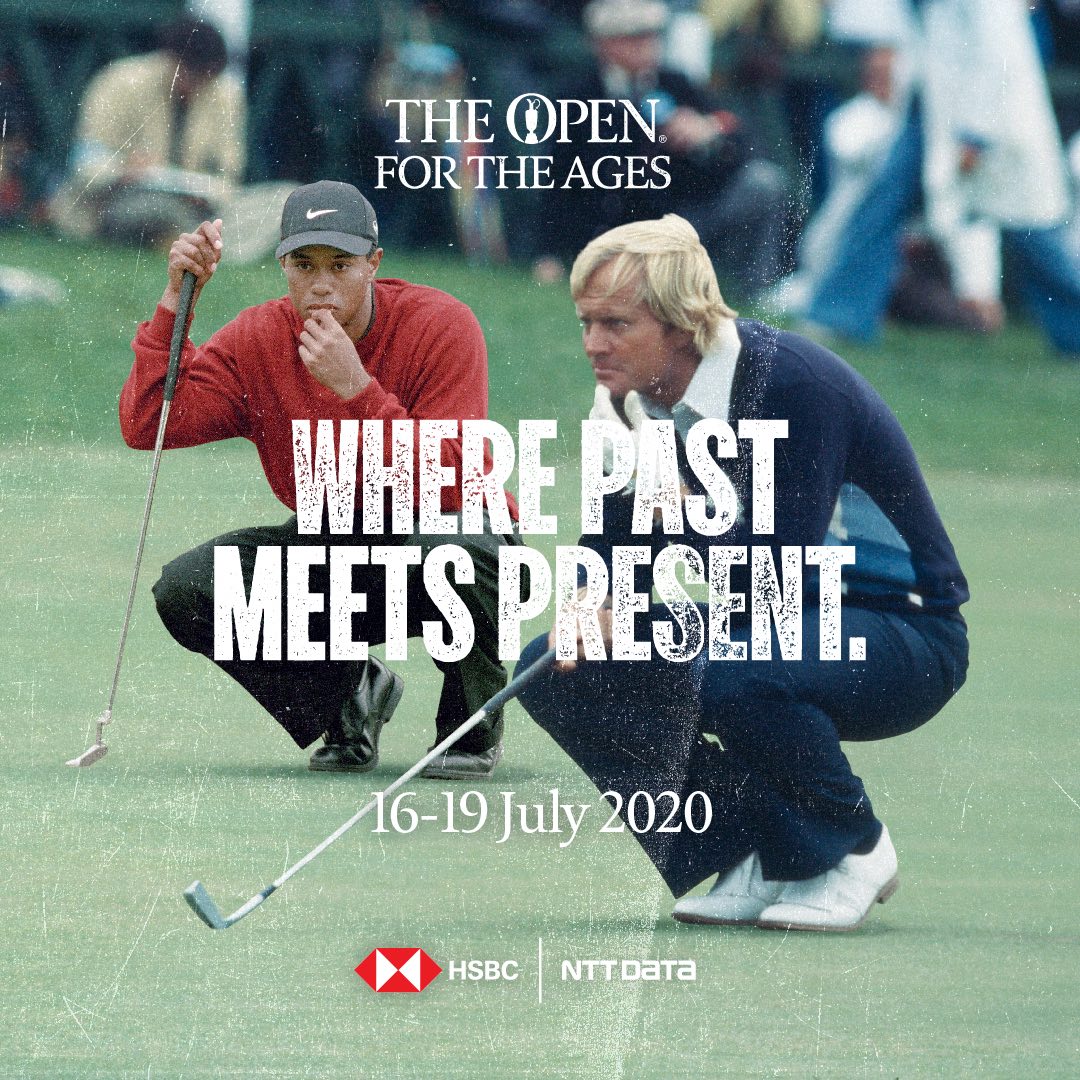
Reflections on The Open for The Ages
The eighth year of NTT DATA’s partnership with The Open…

We are proud that for the 8th year running we are an Official Patron and IT Provider of The Open, golf's original major. During our patronage, NTT DATA has pioneered progressive in-venue fan technology for spectators including the NTT DATA Wall.
In 2020, The Open For The Ages was born. Using NTT DATA’s data analytics combined with fan input it pits the golfing greats of the past 50 years against each other in a virtual tournament at St Andrews' iconic Old Course.

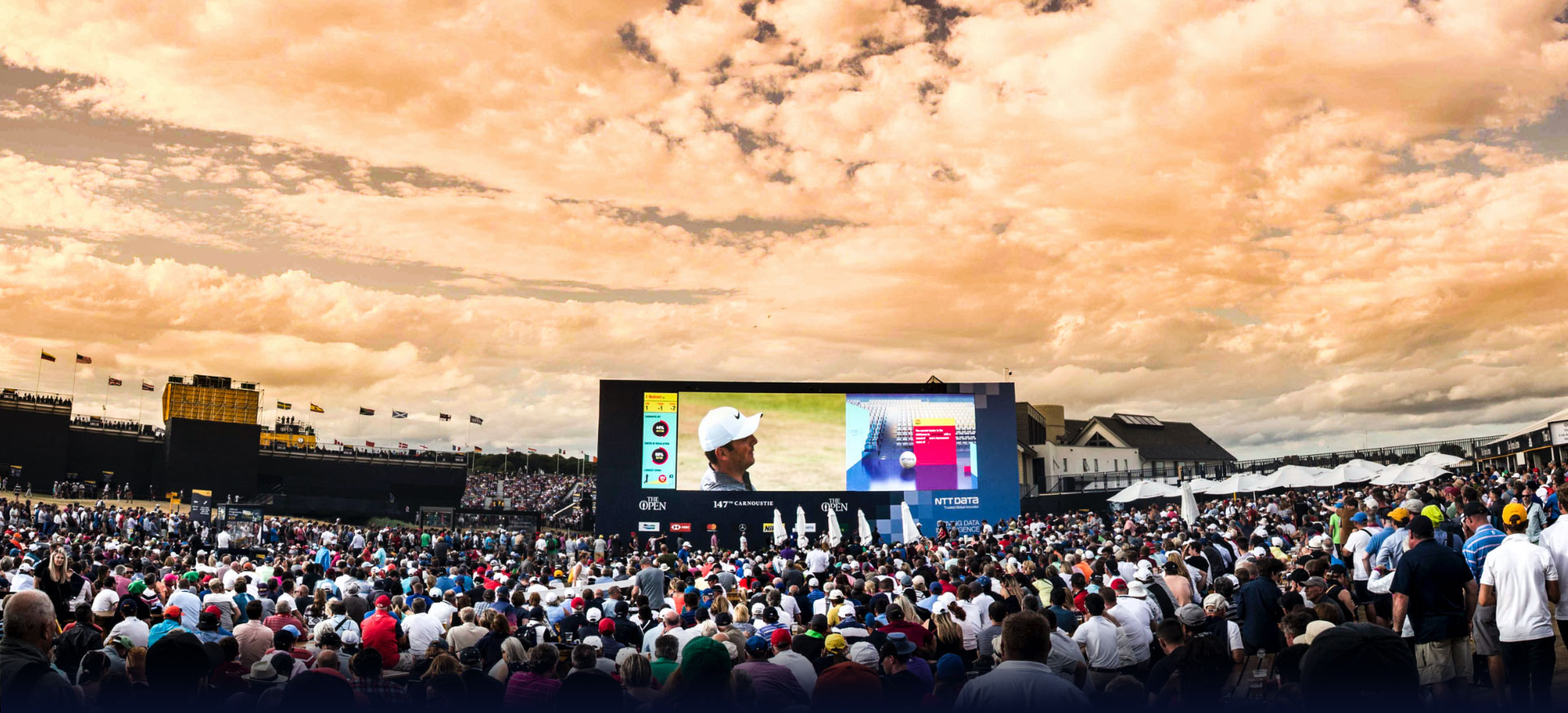

NTT DATA has been a patron of The Open for a number of years now, providing technological capabilities behind the scenes as well as producing the NTT DATA Wall, an interactive area for The Open. We are passionate about giving spectators and sports fans the best digital enhancements to their experience. We are privileged to work on a first with The R&A, with all its history, especially in a year that the pandemic has caused The Open to be cancelled.
Building stronger fan engagement through technology is the future of sports and while it will never replace the enjoyment of live events, technology will play an increasingly central role to the experience.
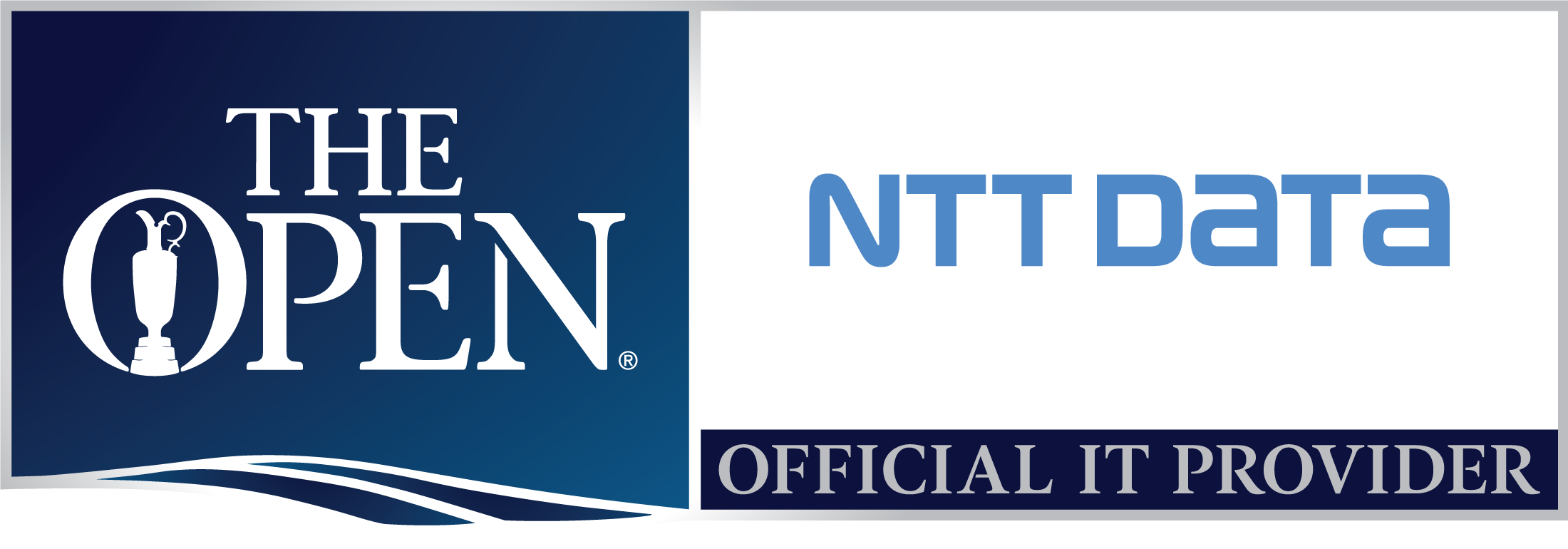




The first Open - the method for the marking of a player’s scorecard remains the same today as it did in 1860 at Prestwick - a card and a pencil.
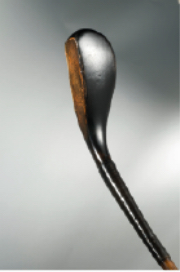
The driving putter used by Tom Morris in his Open win of 1864
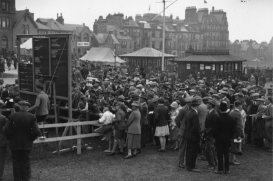
The early scoreboards were handwritten, often with chalk on a board. For fans not at the event, the following day’s newspapers were the only sources to access the data.
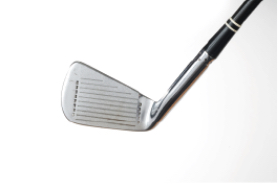
The introduction of steel shafts encouraged manufacturers such as Spalding to produce the first matching set of clubs
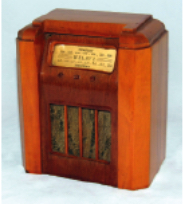
Coverage of The Open consisted of only a few minutes each day on the radio, rising to 30 minutes on the final day.
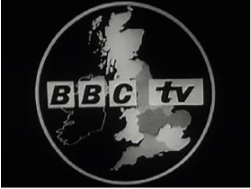
The first television pictures of The Open were broadcast on the BBC Newsreel, with an audience limited by the area covered by television broadcasting. In 1949, only London received pictures, expanding to include 95% of the population by 1955.
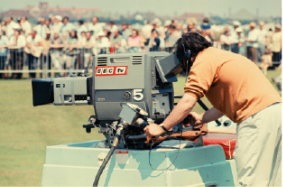
The Open is broadcast in colour on the BBC for the first time.
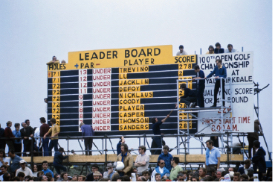
At Royal Birkdale, the iconic yellow leaderboard at the 18th green was first seen, with the scores updated manually. There was a simpler version used on the 18th tee at St Andrews in 1970.
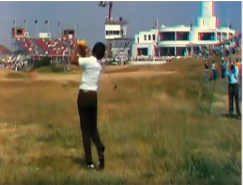
Japan received its first live Open transmission; yet, it was still old-fashioned, clunky cameras with only a few cameras to follow the play.
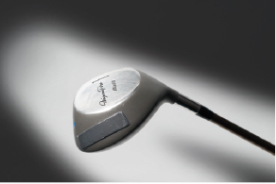
The size of club heads and, in particular, that of drivers increased. This was made possible with the use of lightweight metals such as titanium.
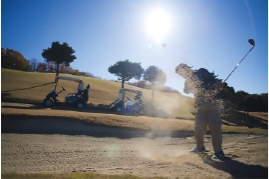
‘Bunker Cam’ was introduced on the 17th Road Hole at St Andrews.
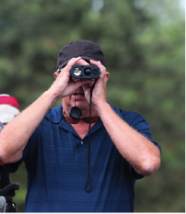
Rangefinders were introduced, giving a view of the exact distance for a shot and the allowance for any slope. Amateurs can use them in competition, but they can only be used by professionals in practice.
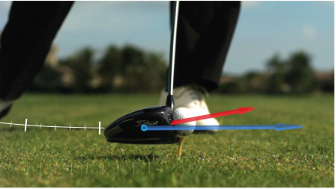
‘TrackMan’ was introduced to expertly match a golfers’ swing for bespoke club production. Known as custom-fit; this technology in the modern game allowed a golfer to fine-tune personal swing stats with the perfect club model.
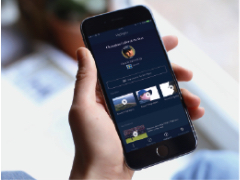
In an era of data-rich sports, the spectator experience at The Open is one of the best. Using smart phones, apps and tablets and event Wi-Fi, fans can take photos and videos of players, access live TV and radio, live scoring, news, updates and access players’ social media accounts every second.
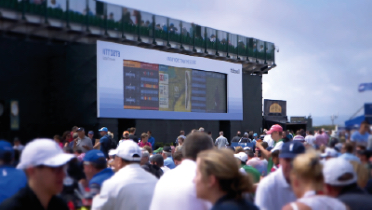
The NTT DATA Wall was launched
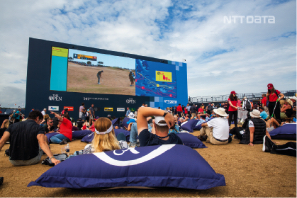
The NTT DATA Wall evolved further, featuring 3D visuals synchronised with the live TV broadcast, displayed on a giant LED wall with instant scoring updates. Unprecedented hole-by-hole data-analysis brought to life the scores, facts and figures behind The Open in a unique way.
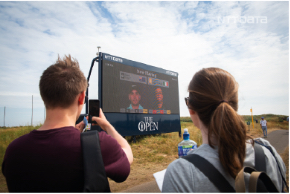
On the course, spectators can view over 450 TVs installed across the site, via 42kms of fibre optic cabling. Combined with the NTT DATA Wall, scoring has never been easier to view.
